Minard, Global Immigration, 1858
Charles Joseph Minard’s name is synonymous with an outstanding 1869 graphic depicting the horrific loss of life that Napoleon’s army suffered in 1812 and 1813, during its invasion of Russia and subsequent retreat. The graphic (below), which is often referred to simply as “Napoleon’s March” or “the Minard graphic,” rose to its prominent position in the pantheon of data visualizations largely thanks to praise from one of the field’s modern giants, Edward Tufte. In his 1983 classic text, “The Visual Display of Quantitative Information,” Tufte declared that Napoleon’s March “may well be the best statistical graphic ever produced.”
Today Minard is revered in the data-visualization world,
commonly mentioned alongside other greats such as John Snow, Florence
Nightingale, and William Playfair. But Minard’s legacy has been almost
completely dominated by his best-known work. In fact, it may be more accurate
to say that Napoleon’s March is his only widely known work. Many fans of the
March have likely never even seen the graphic that Minard originally paired it
with: a visualization of Hannibal’s famous military campaign in 218 BC, as seen
in the image below.
On its face, it may not seem remarkable that Minard is
remembered for this one piece of work; after all, many people owe their fame to
a single great achievement, and the Napoleon graphic is certainly worthy of its
reputation. But Minard was most definitely not a one-hit wonder.
CONNECT
The map of Napoleon's invasion of Moscow ... HERE.


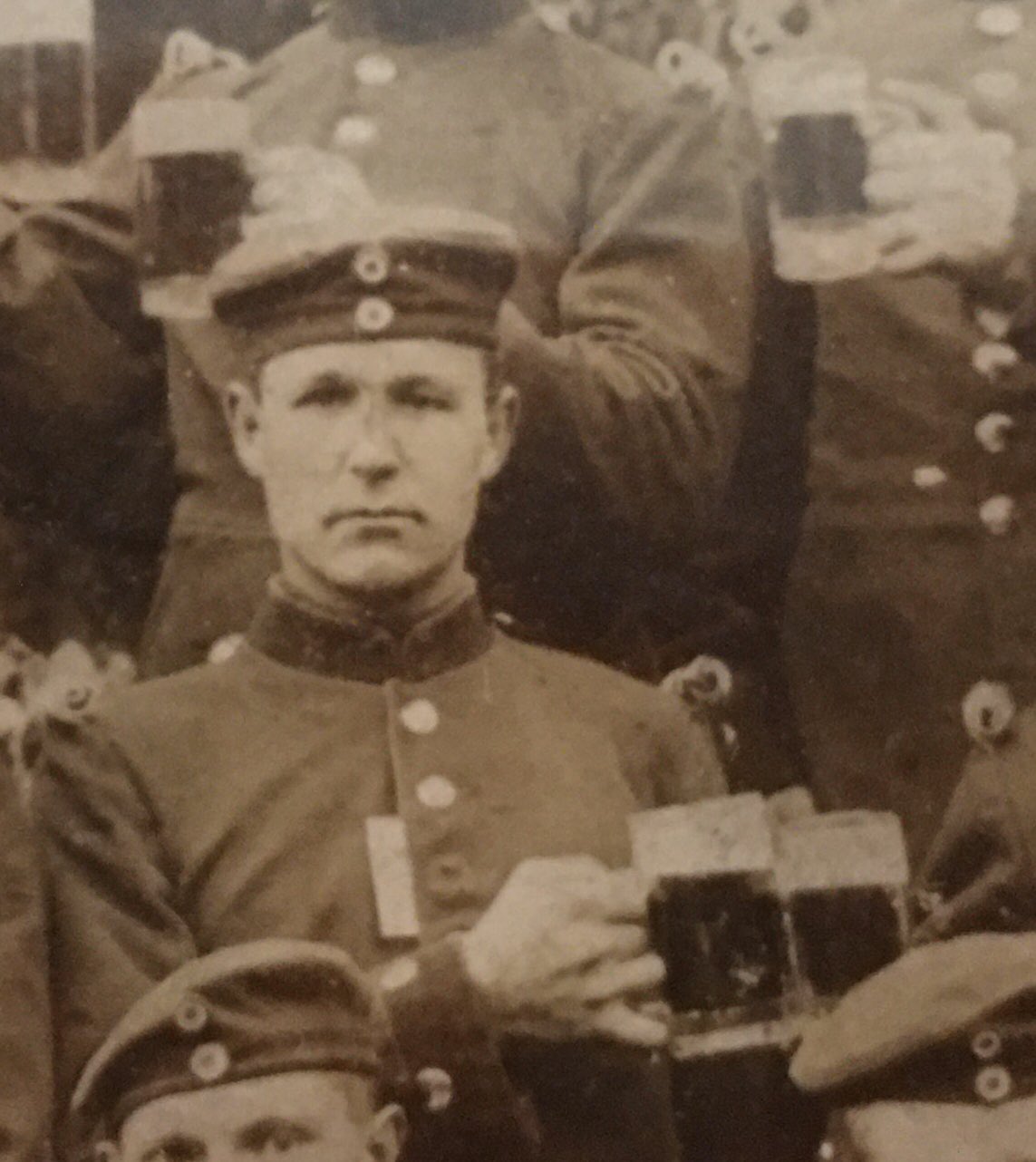







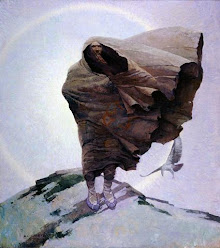




















































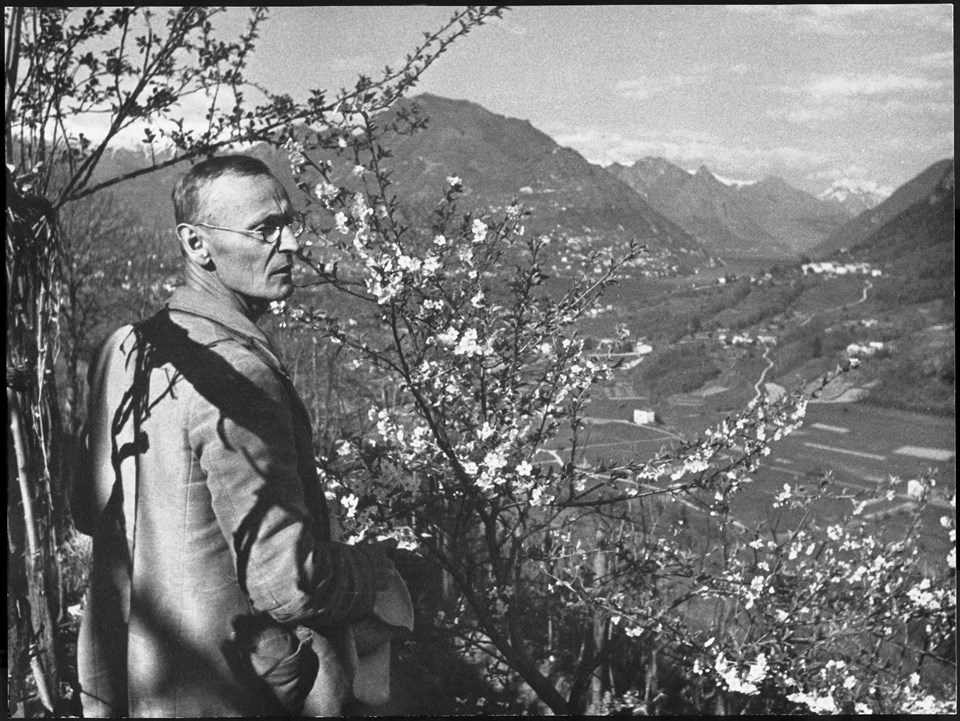




















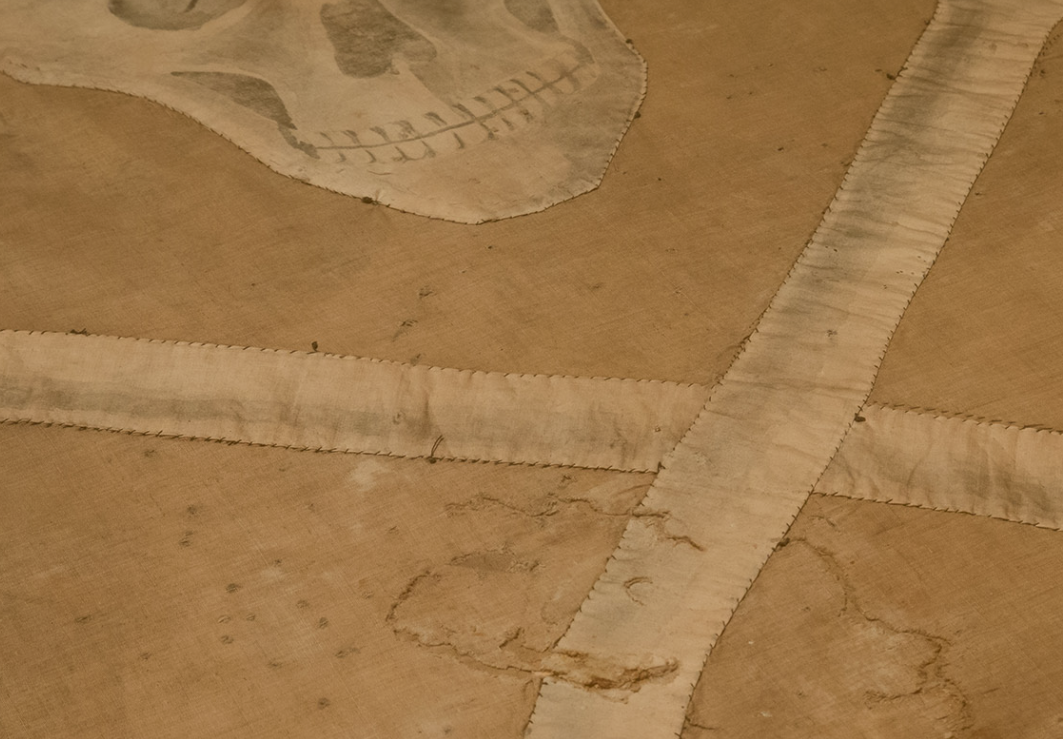





















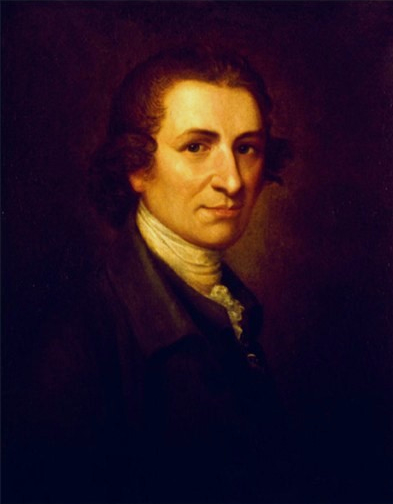






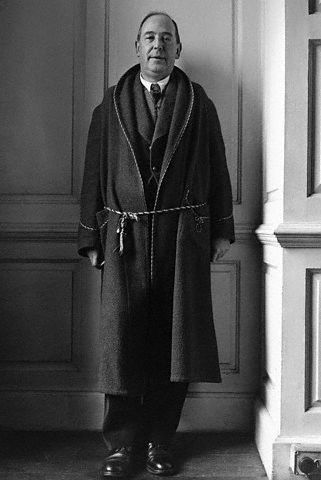



No comments:
Post a Comment